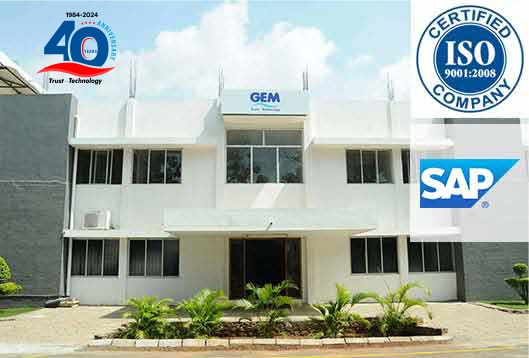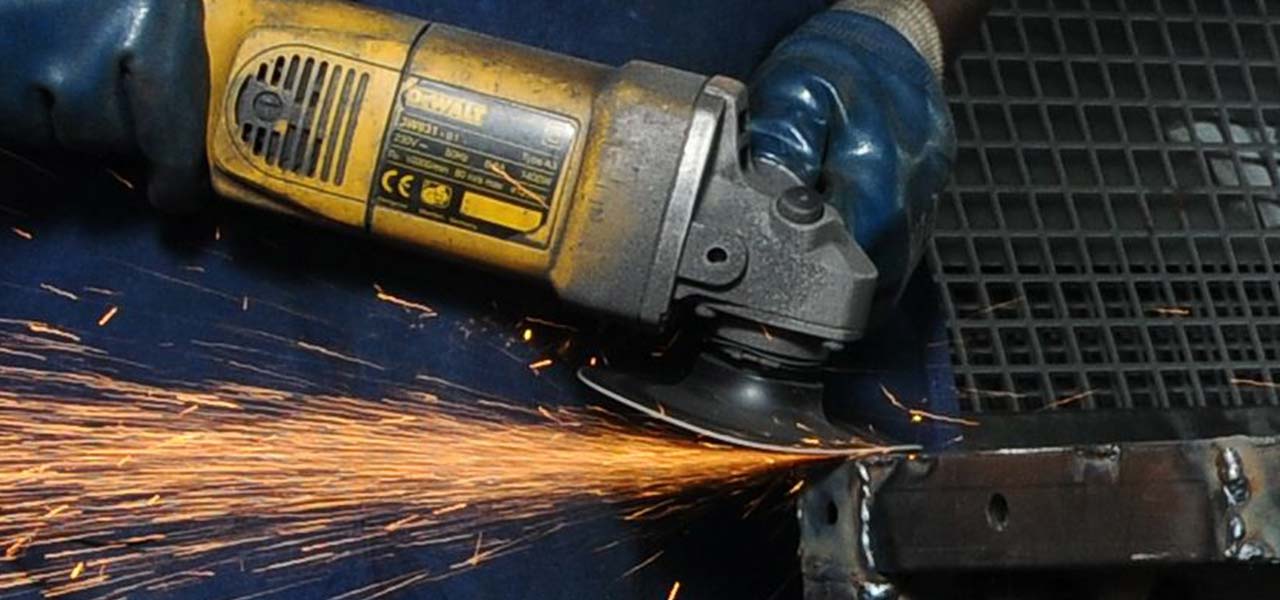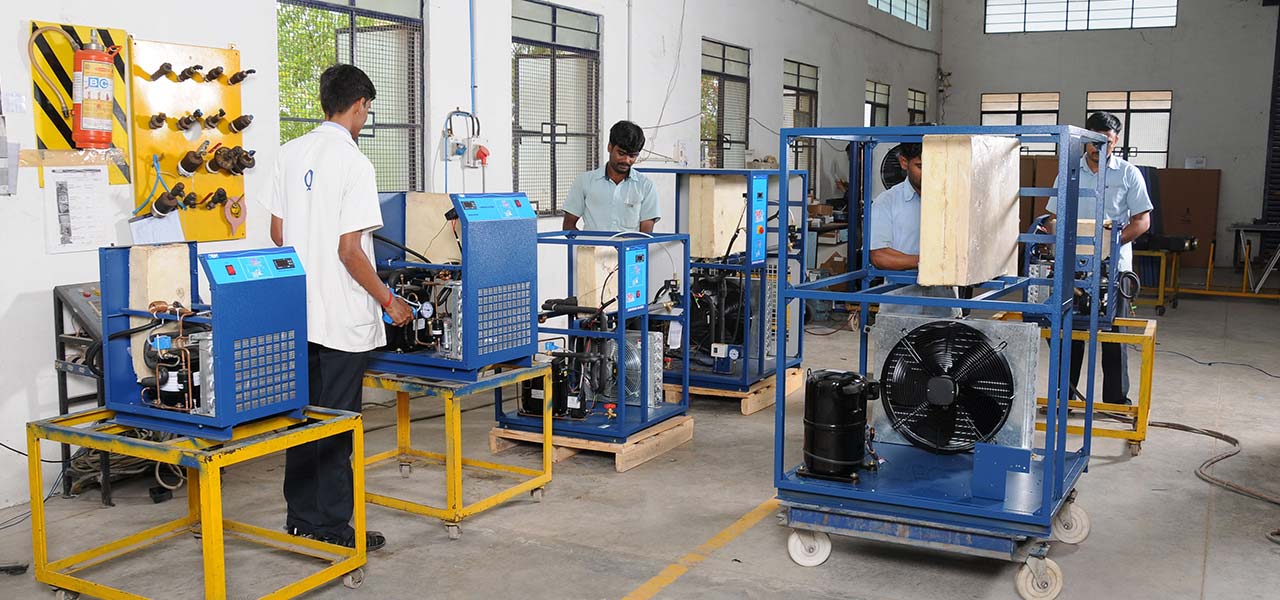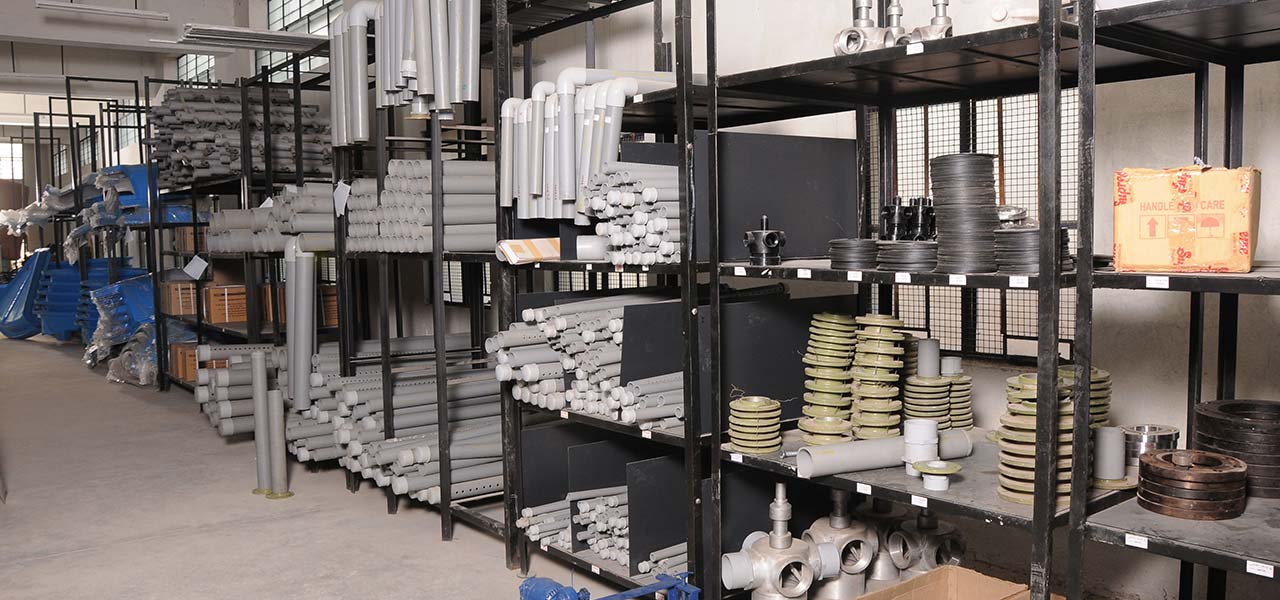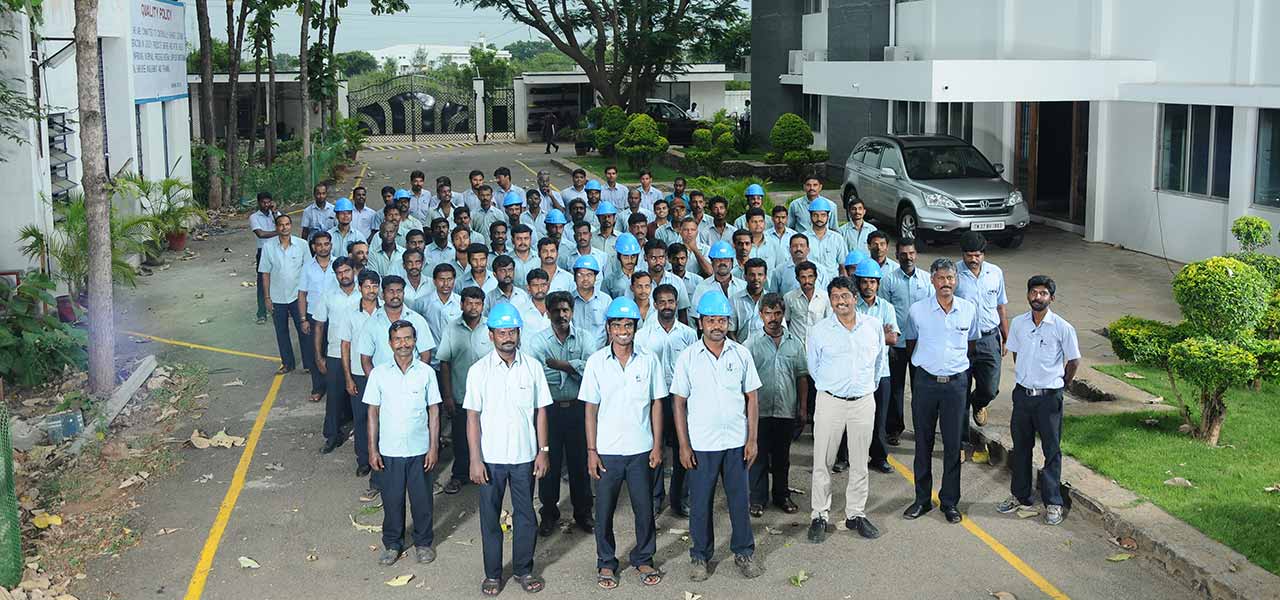About Gem
Gem Equipments Private Limited, a Manufacturer of Compressed air Dryers, Dry Cooling Tower, Compressed air filters,Wall Mounting Compressed air dryers,
High Pressure Compressed air dryers, All Aluminium Compressed air dryers, Copper Coil Compressed air dryers, Dual Frequency Compressed air dryers, General Purpose Compressed air dryers, Logic Controller Compressed air dryers, Energy Saving Digital Compressed air dryers, Series Heatless Compressed air dryers, Desiccant Compressed air dryers, Bottle Type Cooling Tower, Adiabatic Cooling Towers, Cross Flow Cooling Tower, Compressed Air Receiver¬
and Cooling Towers since 1984.
An ISO 9001:2015 certified company, We specialise in design, engineering and fabrication of Compressed Air Dryers, Compressed air Filters, After Cooler, Air Coolers and Receivers, Dry Cooler and Cooling Tower.


